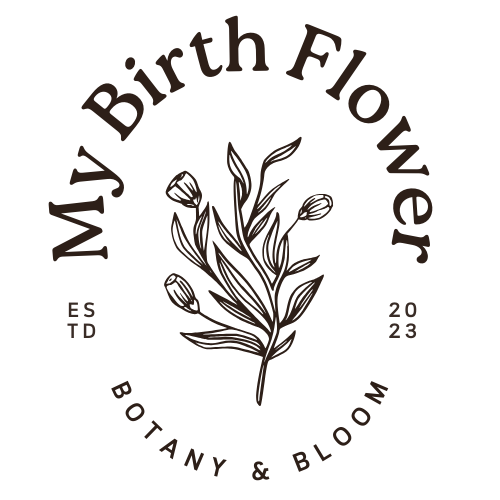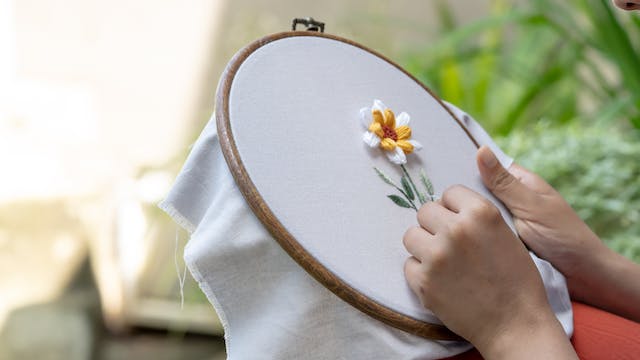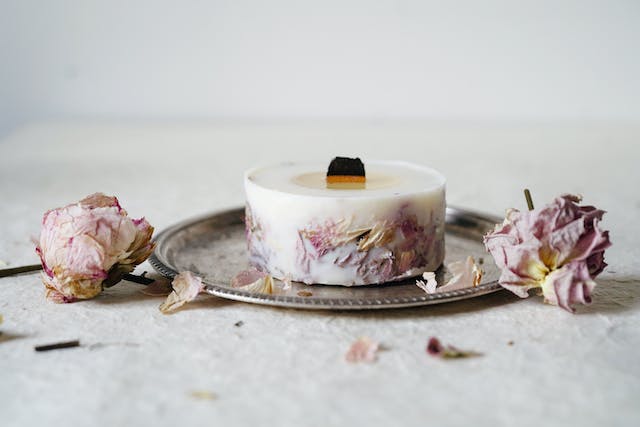This guide on how to care for daffodils is tailored for March-born individuals, as it is their Birth Flower. In this article, we will provide an extensive guide on how to successfully plant, nurture, and appreciate daffodils and also touch on the symbolic meaning of the vibrant, cheerful daffodil.
The Significance of Daffodils for March Birthdays
- Symbolism: The daffodil, with its bright yellow blooms, signifies rebirth and new beginnings, embodying the essence of spring.
- Cultural Significance: In various cultures, daffodils are seen as symbols of hope and prosperity.
- Personal Relevance: For those born in March, the daffodil represents the unique qualities of resilience and optimism associated with this month.
Choosing Your Daffodil Variety
- Types of Daffodils: Over 50 species and many hybrids exist, offering a wide range of colors, sizes, and shapes.
- Popular Varieties:
- Trumpet Daffodils: Known for their large trumpet and a single flower per stem; a classic choice.
- Double Daffodils: Feature double layers of petals, offering a fuller bloom.
- Miniature Daffodils: Ideal for smaller spaces or container gardening.
- Color Significance: While yellow is traditional, daffodils also come in white, orange, and pink, each offering a different aesthetic and mood.
Preparing for Planting
- When to Plant: The ideal time is in the fall, about 2-4 weeks before the ground freezes, allowing the bulbs to establish roots before winter.
- Soil Conditions: Daffodils prefer well-drained soil. Amend clayey or sandy soils with organic matter.
- Site Selection:
- Choose a location with at least six hours of daily sunlight.
- Consider planting in borders, under trees, or in grassy areas for naturalization.
Planting Process
- Planting Depth and Spacing:
- Plant bulbs at a depth of about 6 inches and space them approximately 4-6 inches apart.
- For a natural look, scatter bulbs and plant them where they fall.
- Bulb Orientation: Place the bulb with the pointed end up, as this is where the stem will emerge.
- Watering After Planting: Water the bulbs once after planting to settle the soil.
How to Care for Daffodils
- Watering Regimen: While daffodils are relatively drought-tolerant, they benefit from regular watering during their growth period.
- Fertilization Strategy:
- Apply a balanced, slow-release fertilizer in the fall or early spring.
- Avoid high-nitrogen fertilizers, as they can promote leaf growth at the expense of flowers.
- Deadheading and Pruning:
- Remove spent flower heads to prevent seed formation.
- Allow foliage to die back naturally; resist the urge to tie or braid the leaves.
- Pest and Disease Management:
- Daffodils are generally resistant to pests, but watch for common issues like bulb rot or aphids.
- Ensure good air circulation and avoid over-watering to prevent fungal diseases.
Indoor Planting and Care
- Container Selection: Choose containers with drainage holes to prevent waterlogging.
- Indoor Lighting: Place in a well-lit area, preferably near a south-facing window.
- Temperature Considerations: Cooler indoor temperatures help prolong bloom life.
Designing with Daffodils
- Landscape Ideas:
- Plant in clusters for a dramatic effect.
- Combine with other spring bulbs like tulips or hyacinths for a varied display.
- Cut Flowers:
- Daffodils make excellent cut flowers. Cut when the buds are slightly open and keep them in a vase with clean water.
Celebrating Your Birth Month with Daffodils
- Birth Month Tradition: Start a tradition of planting new bulbs each fall to celebrate your birthday.
- Daffodil Themed Birthday Party: Decorate with fresh daffodil arrangements and incorporate the flower into party themes and decorations.
Advanced Tips for How to Care for Daffodils
- Naturalizing Daffodils: For a natural, wildflower look, plant daffodils in grassy areas or under trees. They will multiply and come back year after year.
- Bulb Division: Every 5-6 years, dig up and divide overcrowded clumps to maintain vigor.
Troubleshooting Common Issues
- Poor Flowering: This could be due to overcrowding, insufficient sunlight, or cutting foliage too early the previous season.
- Rotting Bulbs: Often a result of poor drainage. Ensure the soil is well-draining, especially in winter.
Sustainability and Eco-Friendly Gardening
- Companion Planting: Plant daffodils with companion plants that will cover dying daffodil foliage in late spring.
- Supporting Local Ecosystems: Daffodils can provide early spring nectar for pollinators.
Daffodils are not just a symbol of your birth month but a representation of the joy and renewal each new year brings. By planting and caring for these flowers, you embrace a piece of your identity and connect with the natural world in a meaningful way. Enjoy the process and beauty of your March birth flower!



